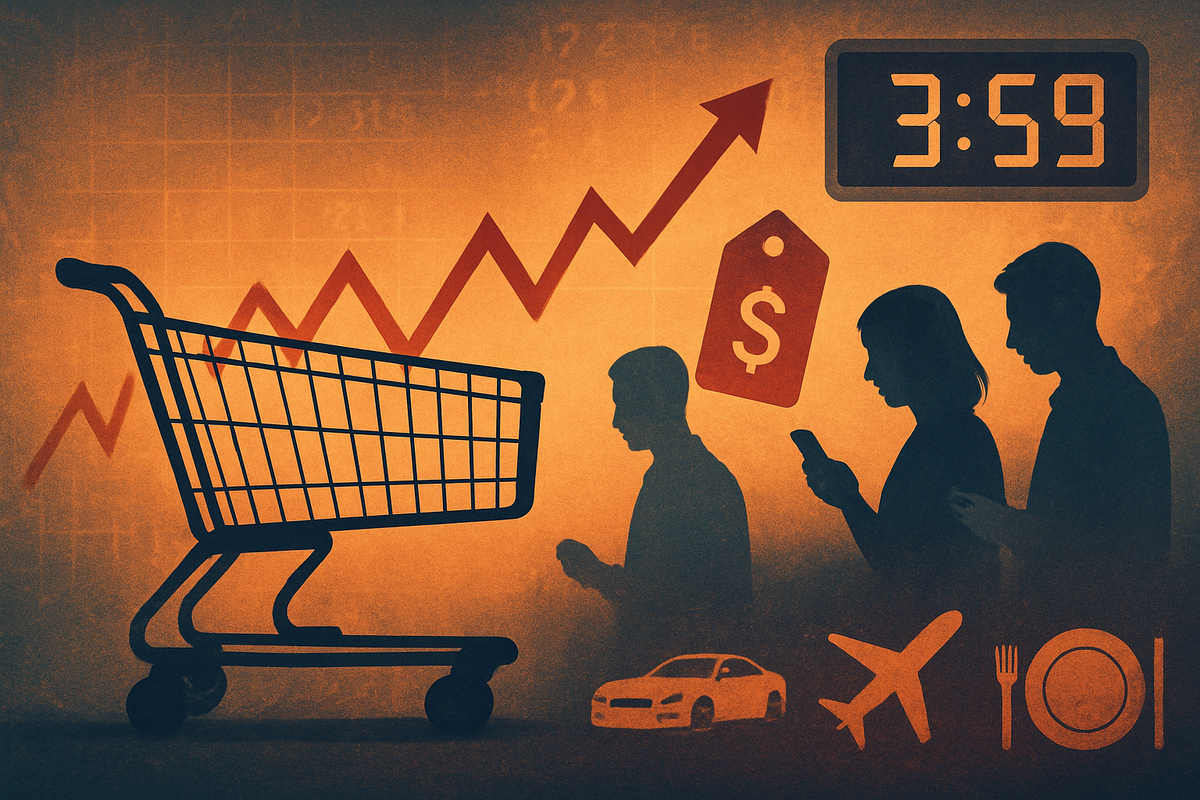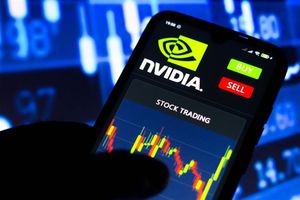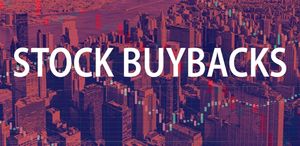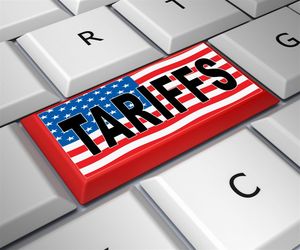
As the trading day concludes on October 27, 2025, the Consumer Discretionary sector within the S&P 500 stands at a critical juncture, its potential for significant performance shifts today largely dictated not by specific company news, but by the powerful undercurrents of broader economic health. Without immediate, granular performance data for the day, market observers are keenly focused on the foundational economic indicators that invariably steer this highly cyclical sector. Consumer spending, overall economic vigor, and the persistent specter of inflation are the invisible hands that could be shaping the sector's trajectory, hinting at either robust gains or cautious retrenchment for companies reliant on non-essential purchases.
The Consumer Discretionary sector is the bellwether of consumer confidence, encompassing a diverse array of industries from automotive and apparel to hotels, restaurants, and entertainment. Unlike consumer staples, which provide essential goods, this sector thrives when consumers feel financially secure and optimistic enough to splurge on wants rather than just needs. Therefore, any subtle shift in the economic landscape – be it a whisper of rising unemployment, a surge in consumer confidence, or an unexpected inflation print – has the potential to ripple through these companies, leading to significant, albeit unquantified for today, performance changes.
The Economic Barometers Guiding Discretionary Fortunes
The performance of the Consumer Discretionary sector is intricately tied to several key economic barometers. Consumer spending is arguably the most direct driver. When disposable income is abundant and job security is high, consumers are more inclined to purchase new vehicles, embark on vacations, or invest in home improvements. Conversely, a tightening of household budgets invariably leads to a pullback in these areas. Economic health, broadly measured by Gross Domestic Product (GDP), employment figures, and consumer confidence, provides the macroeconomic backdrop. A robust GDP signifies a growing economy, often accompanied by strong employment and rising wages, which collectively bolster consumer sentiment and spending. For instance, a low unemployment rate and consistent wage growth empower consumers with greater purchasing power, fueling demand for everything from luxury goods to entertainment experiences.
However, the shadow of inflation looms large over the sector. When the cost of essential goods and services – food, housing, energy – rises significantly, consumers' purchasing power for discretionary items is eroded. If wages fail to keep pace with inflation, households are forced to allocate a larger portion of their income to necessities, leaving less for non-essential purchases. This dynamic can force companies within the sector to absorb higher input costs or pass them on to consumers, potentially dampening demand. A delicate balance exists; lower inflation or even deflation, coupled with potential interest rate cuts, could inject new life into the sector by increasing real income and making big-ticket items more affordable. The interplay of these factors creates a complex environment where even minor shifts can predicate substantial changes in investor sentiment and, ultimately, stock performance.
Potential Winners and Losers in a Shifting Economic Climate
In an environment where consumer spending and confidence are paramount, different types of companies within the Consumer Discretionary sector experience varying degrees of impact. Should economic indicators signal robust growth and high consumer confidence, luxury brands (e.g., LVMH Moët Hennessy Louis Vuitton SE (EPA: LVMH), Kering SA (EPA: KER)), high-end automotive manufacturers (e.g., Tesla Inc. (NASDAQ: TSLA), Ferrari N.V. (NYSE: RACE)), airlines (e.g., Delta Air Lines Inc. (NYSE: DAL), Southwest Airlines Co. (NYSE: LUV)), hotel chains (e.g., Marriott International Inc. (NASDAQ: MAR), Hilton Worldwide Holdings Inc. (NYSE: HLT)), and fine dining establishments are typically the beneficiaries. Consumers, feeling flush, are more willing to indulge in premium products and experiences, leading to strong sales and profitability for these entities. E-commerce giants (e.g., Amazon.com Inc. (NASDAQ: AMZN)) also tend to thrive as convenience and variety drive online discretionary purchases.
Conversely, a slowdown in economic growth, rising unemployment, or persistent inflation can quickly turn these winners into losers. In such scenarios, consumers typically scale back on non-essential expenditures, prioritizing savings and necessities. This leads to a decline in demand for big-ticket items like new cars or major home renovations, impacting companies like home-improvement retailers (e.g., The Home Depot Inc. (NYSE: HD), Lowe's Companies Inc. (NYSE: LOW)) and automotive parts retailers as consumers delay maintenance or upgrades. Even more broadly, any business reliant on discretionary income, from entertainment venues to specialty apparel retailers, could face significant headwinds. Companies with strong balance sheets and adaptable business models may weather such storms better, while those heavily leveraged or with less pricing power could struggle significantly.
Broader Significance and Historical Echoes
The Consumer Discretionary sector's performance today, even without specific figures, serves as a microcosm of broader economic health. Its sensitivity means that any significant movement, whether positive or negative, acts as an early warning signal for wider industry trends. A sustained downturn in this sector could ripple through the economy, affecting suppliers, logistics companies, and even the financial sector through reduced lending and investment. Conversely, a surge could indicate a robust economic expansion that benefits many other industries. Regulatory or policy implications are also significant; for instance, changes in interest rates by central banks directly impact borrowing costs for both consumers (e.g., for car loans or mortgages) and businesses, thereby influencing discretionary spending. Trade policies, such as tariffs, can also raise the cost of imported discretionary goods, further impacting consumer prices and demand.
Historically, the Consumer Discretionary sector has been a reliable indicator during economic cycles. During the 2007-09 financial crisis, consumer spending on non-essentials saw its most severe decline since World War II, severely impacting businesses across the sector. Similarly, during periods of high inflation without corresponding wage growth, as seen in various historical episodes, discretionary spending has consistently been curtailed. These historical precedents underscore the sector's vulnerability to adverse economic conditions and its strong correlation with overall market sentiment. Monitoring this sector provides valuable insights into the resilience of the consumer and the broader economic outlook.
What Comes Next: Navigating the Unpredictable
Looking ahead, the Consumer Discretionary sector faces a range of possibilities, largely dependent on the trajectory of global economic factors. In the short term, any upcoming economic data releases – such as the next inflation report, unemployment figures, or consumer confidence surveys – will be scrutinized for clues. A positive outlook on these fronts could spark a rally in discretionary stocks, as investors anticipate increased consumer spending. Conversely, any signs of economic contraction or persistent inflationary pressures could lead to a swift reassessment and potential sell-off. Companies within the sector may need to implement strategic pivots, focusing on cost efficiencies, product innovation, or adapting their pricing strategies to remain competitive.
Long-term possibilities include a sustained period of growth if central banks successfully navigate inflation and foster stable economic expansion. This would present market opportunities for companies that can effectively cater to evolving consumer tastes and leverage technological advancements in e-commerce and digital experiences. However, the potential for unforeseen economic shocks, geopolitical events, or shifts in consumer behavior (e.g., a permanent shift towards saving over spending) remains a challenge. Different scenarios could unfold: a "soft landing" where inflation cools without a recession, leading to a gradual recovery for the sector; a "hard landing" with a recession, causing significant pain; or even a period of "stagflation" where high inflation coexists with stagnant growth, which would be the most challenging for discretionary businesses.
Wrap-Up: A Sector in the Economic Spotlight
In summary, the Consumer Discretionary sector's performance, even in the absence of specific daily data, remains a crucial barometer for the health of the broader economy and the resilience of the consumer. Key takeaways from today's closing bell report emphasize the profound influence of consumer spending, economic health indicators, and inflation on the sector's fortunes. These macro forces dictate whether companies reliant on non-essential purchases will thrive or merely survive.
Moving forward, investors should closely monitor upcoming economic data releases, central bank policy decisions, and shifts in consumer sentiment. The ability of companies within this sector to adapt to changing economic realities – whether through innovation, cost management, or strategic market positioning – will be paramount. The lasting impact of current economic trends will shape the competitive landscape, potentially leading to consolidation or the emergence of new market leaders. Ultimately, the Consumer Discretionary sector will continue to be a dynamic and sensitive segment of the market, offering both significant opportunities and considerable risks, all tethered to the ebb and flow of global economic tides.
This content is intended for informational purposes only and is not financial advice





